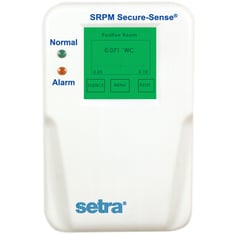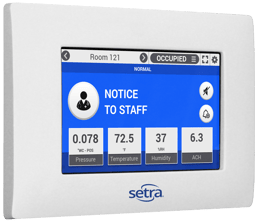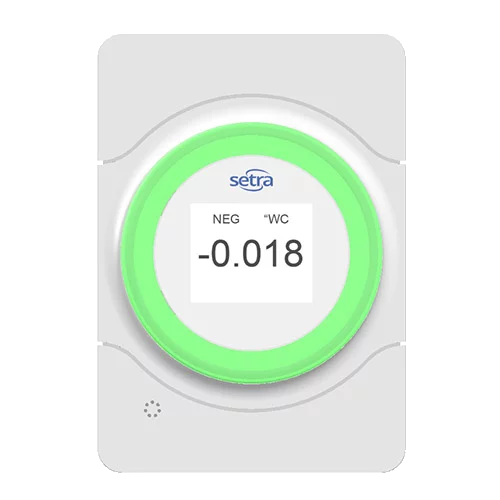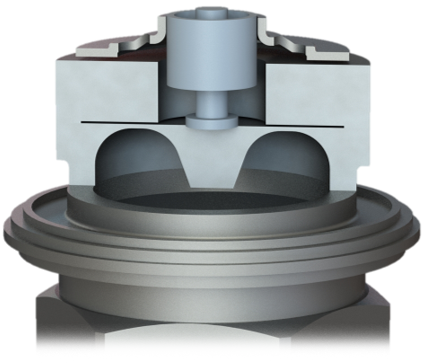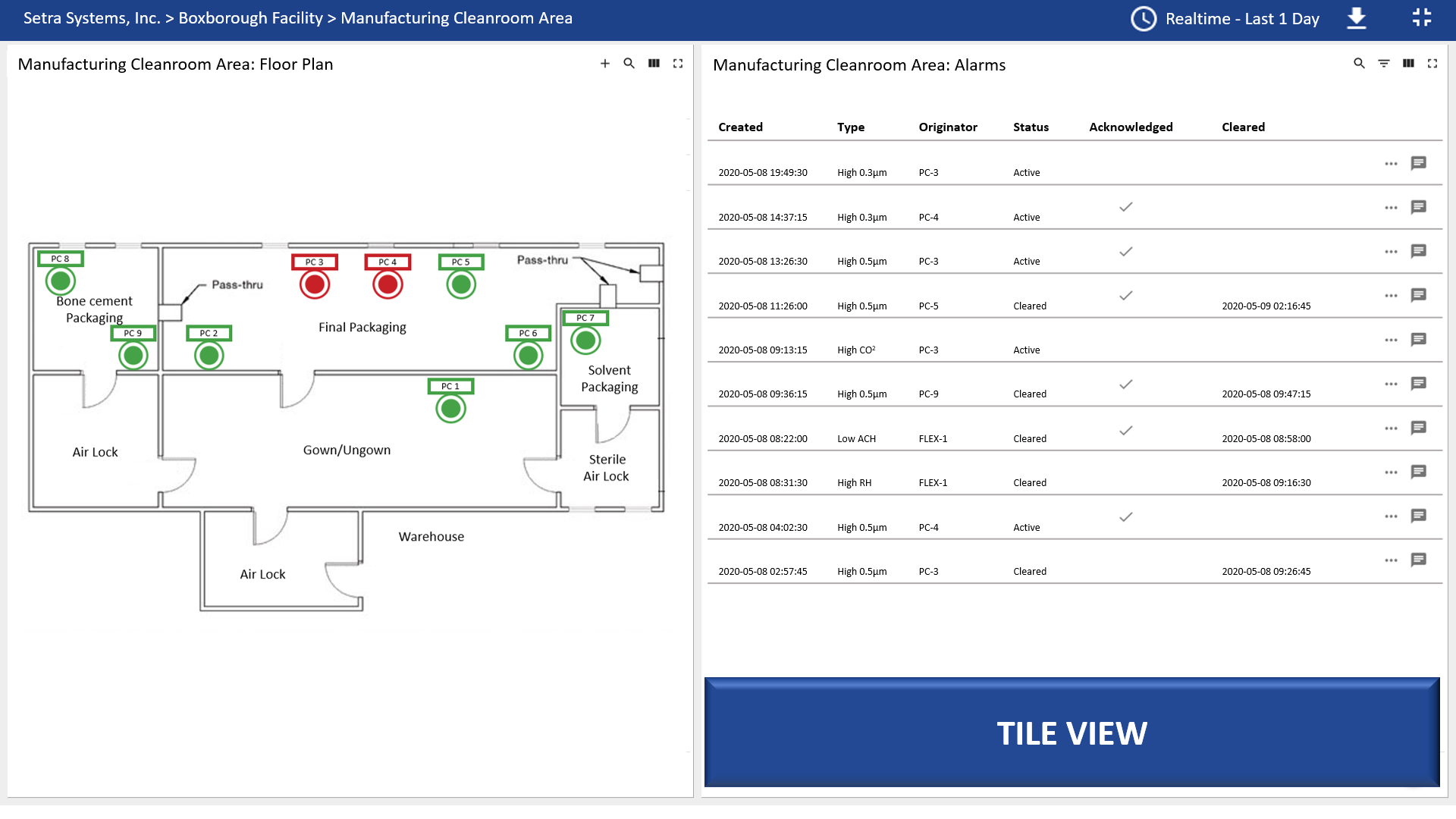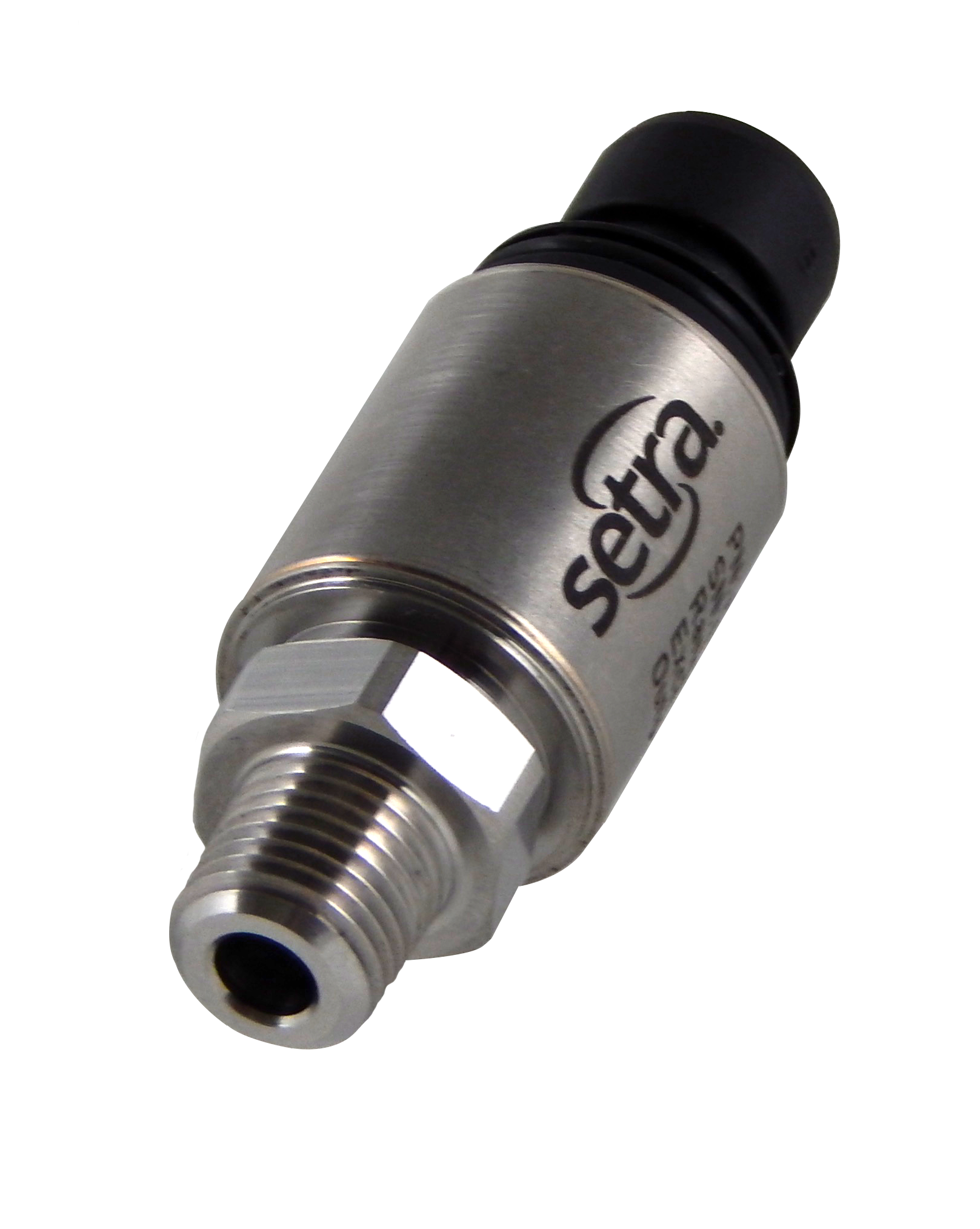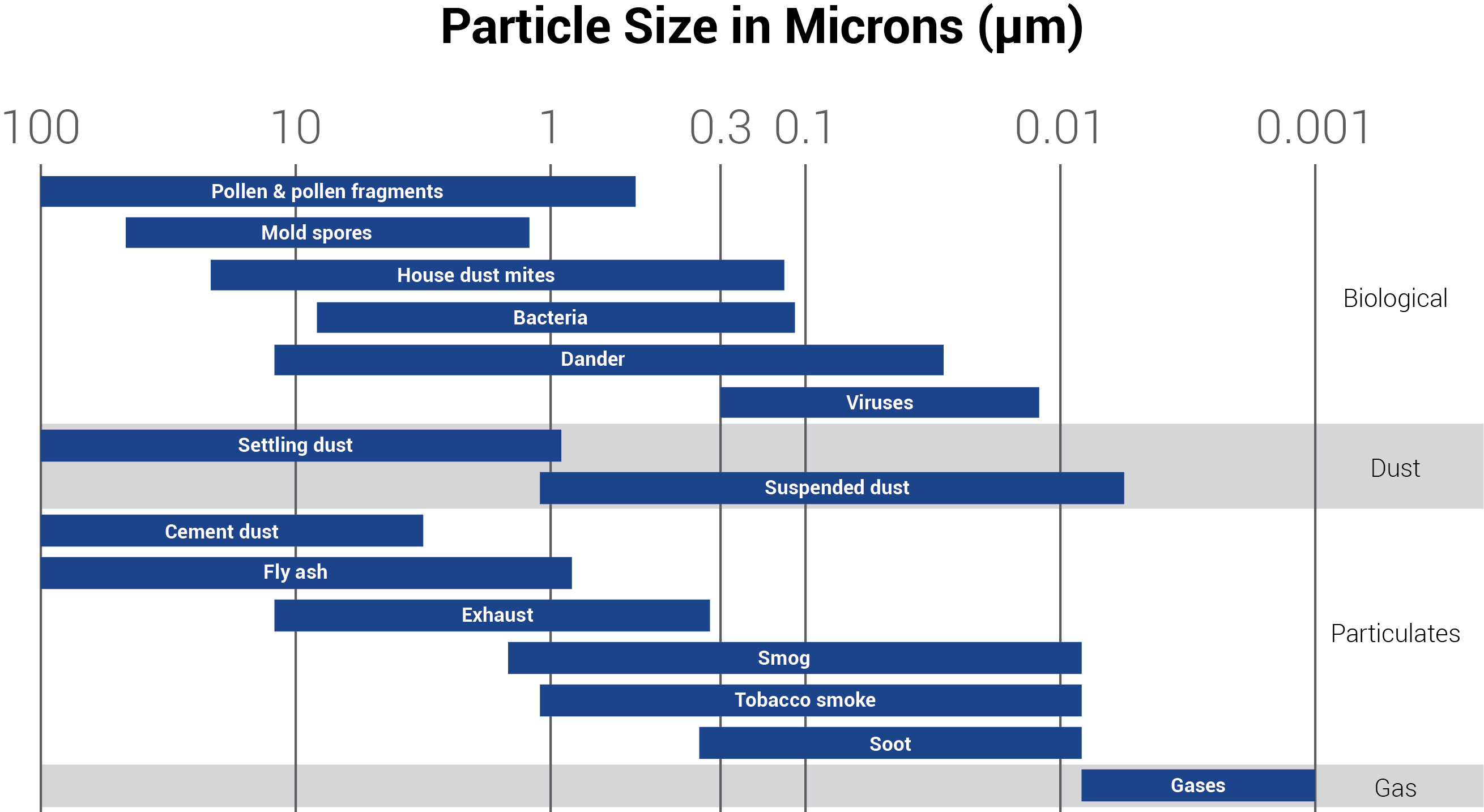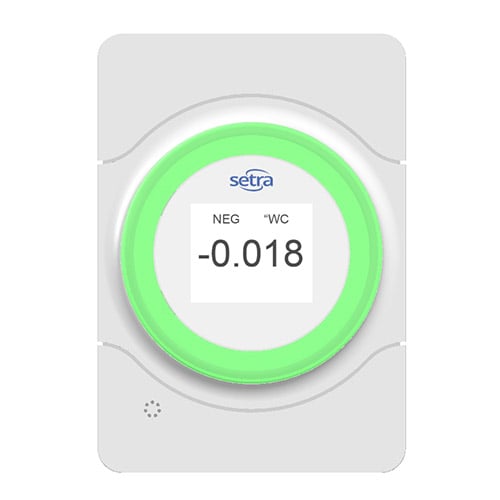Each space in a hospital requires a different level of monitoring. Some rooms necessitate observing a variety of parameters while others only need an indication of pressure. No matter the requirements, Setra offers a line of pressure monitors to fit any room.
Setra Blog
Meghan Kelley
Recent Posts
A variety of pressure sensor designs are available today. Two of the most common sensor types are MEMS and capacitive sensors.
Each space in a hospital requires a different level of monitoring. Some rooms necessitate observing a variety of parameters while others only need an indication of pressure. No matter the requirements, Setra offers a line of pressure monitors to fit any room.
In the post COVID-19 world, new applications for negative pressure spaces have begun to emerge and negative pressure ventilation is mentioned throughout OSHA and CDC guidelines. No longer strictly meant for airborne infection isolation rooms in hospitals, negatively pressurizing a space can help businesses and other facilities safely resume operations. These new applications include dental, mortuary, long-term care facilities, and nursing homes. In long-term care facilities, creating an isolation wing using negative pressure can be an effective and efficient way to further reduce the spread of dangerous particles and increase the effectiveness of the isolation. A designated isolation area for suspected or confirmed COVID-19 patients helps limit the possibility of contamination and spread throughout a nursing home or long-term care facility. In spaces like dental offices, that commonly deal with aerosol generating procedures, it is crucial to negatively pressurize certain rooms to prevent the spread of airborne infection.
Many pressure specifications are listed on a sensor's data sheet, but two are often overlooked: proof and burst pressure. Not taking notice of these pressure ranges can lead to sensor failure. These two pressure specifications function as an upper limit for the device's operating range. Although both act as upper limits, proof and burst pressure are not the same.
Until recently, there was no standard industry network protocol for building automation, and users had to choose between many different systems from different manufacturers. Proprietary communications were a result of no off-the shelf communication solution. Today, we have reached a place where there are three inter-operable standard network protocols to choose from: BACnet, LonWorks and Modbus. All three are widely used, and according to a Building Operating Management survey in 2011, 62% of respondents had at least one BACnet application; for LonWorks the percentage was 40%, while for Modbus the number was 30%.
Cleanrooms are highly regulated environments that require the continuous monitoring of particle counts. In manufacturing cleanrooms, the safety and quality of products can be affected if too many particles enter the space. Setra’s CEMS provides a solution for environmental data, including particle counting, monitoring and recording needs required by various industries such as:
For referring to variable capacitive sensing technologies, four specific terms are commonly used: pressure transmitters, transducers, sensors, and switches. Capacitance is the detection and measurement of pressure by the change in voltage across a capacitor. The capacitance of sensing technology can be fixed or adjustable and varies dependent on the application. Capacitive sensing technology is highly precise, boasting accuracies of up to ± 0.07% of full scale. This pressure sensing technology is used for applications where a high degree of accuracy is crucial, such as engine test stands and pressure decay leak detection.
Demand based ventilation is an important aspect of HVAC design and control. Traditionally, demand based ventilation is done with CO2 sensors that look for a rise in CO2 and respond by increasing the air change rate to bring in more fresh air. To monitor and perform demand based ventilation, there is a control loop between the CO2 sensor and the HVAC control system. This type of ventilation is especially necessary for larger rooms where people gather, such as:
As dental offices prepare to reopen, they must consider new precautions to safely perform some procedures, especially those generating sprays of particles into the air. The most effective precaution is to create a negative pressure isolation room, or an airborne infection isolation room, in which to perform said procedures.
Subscribe to Our Blog!
Topics
- Critical Environments (182)
- HVAC/R (179)
- General Industrial (153)
- Building Automation (134)
- General Industrial OEM (92)
- Energy Management (85)
- Test and Measurement (66)
- HVAC/R OEM (58)
- Barometric (44)
- Alternative Fuels (42)
- Medical (40)
- Process/Mfg Tank Level (40)
- Water and Wastewater (39)
- OHV (38)
- Oil and Gas (35)
- Industrial Vacuum (29)
- Calibration (25)
- Semiconductor (25)
- Particle Counting (20)
- Cleanroom Monitoring (17)
- Room Pressure Monitoring (16)
- Trade Show (12)
- cleanroom environment (12)
- Scales (11)
- Environmental Monitoring (10)
- Power Monitoring (10)
- Healthcare (9)
- Power Meters (9)
- Software (9)
- cleanroom monitoring systems (9)
- Case Study (8)
- critical environment technologies (8)
- data centers (8)
- Humidity (7)
- particle counter (6)
- pressure transducers (6)
- LITE room pressure monitor (5)
- hardware and software cleanroom monitoring systems (5)
- setra lite (5)
- Compliance (3)
- Video (3)
- hospital spaces (3)
- FAQ & Troubleshooting (2)
- Monitoring Compounding Pharmacies (2)
- Semiconductor Manufacturing (2)
- agencies that monitor pharmacies (2)
- energy (2)
- hvac (2)
- laboratories (2)
- monitor compound pharmacy (2)
- protected environment (2)
- regulatory compliance (2)
- setra lite features (2)
- usp 797 (2)
- Current Sensors and Transducers (1)
- Current Transformers (1)
- Lithium-Ion Battery (1)
- Pressure (1)
- aerospace cleanrooms (1)
- cems (1)
- digital transformation (1)
- ipv6 multicast (1)
- ipv6 multicast address (1)
- ipv6 multicast address range (1)
- isolation room pressure monitoring (1)
- multicast address ipv6 (1)
- multicast ipv6 (1)
- operating room (1)
- pharma 4.0 (1)
- pressure sensor (1)
- pressure transducer companies (1)
- semi conductor (1)
- sensors and transducers (1)
- setra pressure transducers (1)
- submetering (1)
- sustainability (1)
- temperature monitor (1)
- temperature monitoring for pharmacies (1)
- transducers (1)
- usp 800 (1)
- water (1)
- what does hvac stand for (1)
- what is a transducer (1)
- what is hvac (1)

